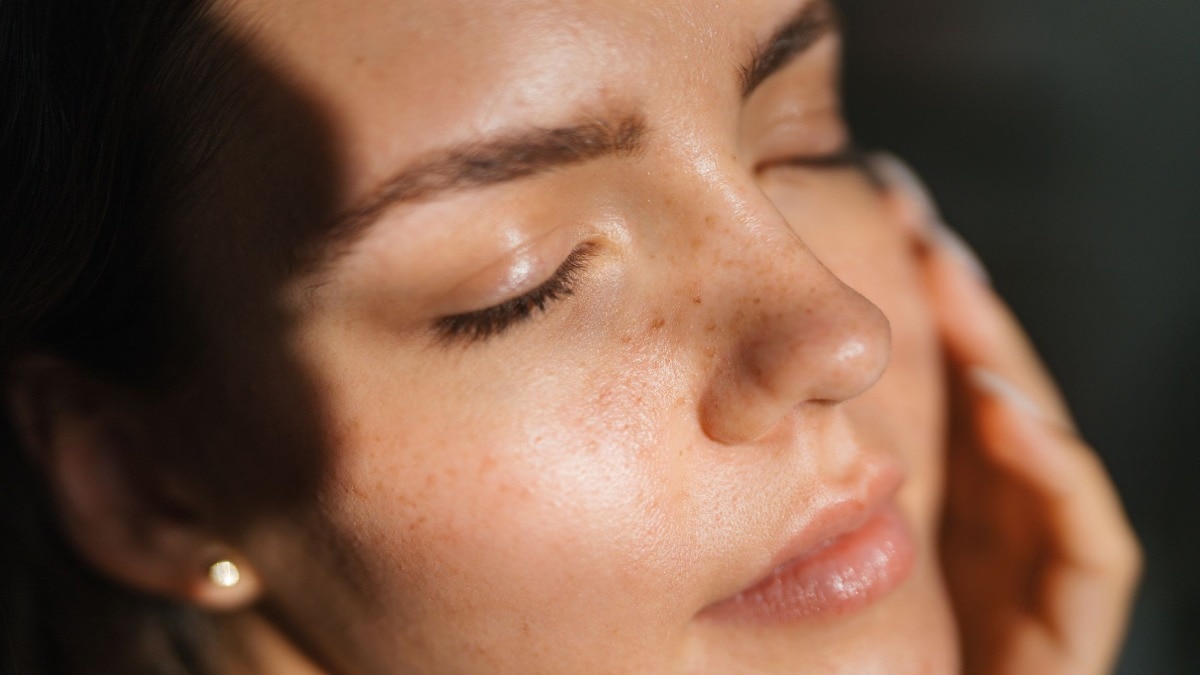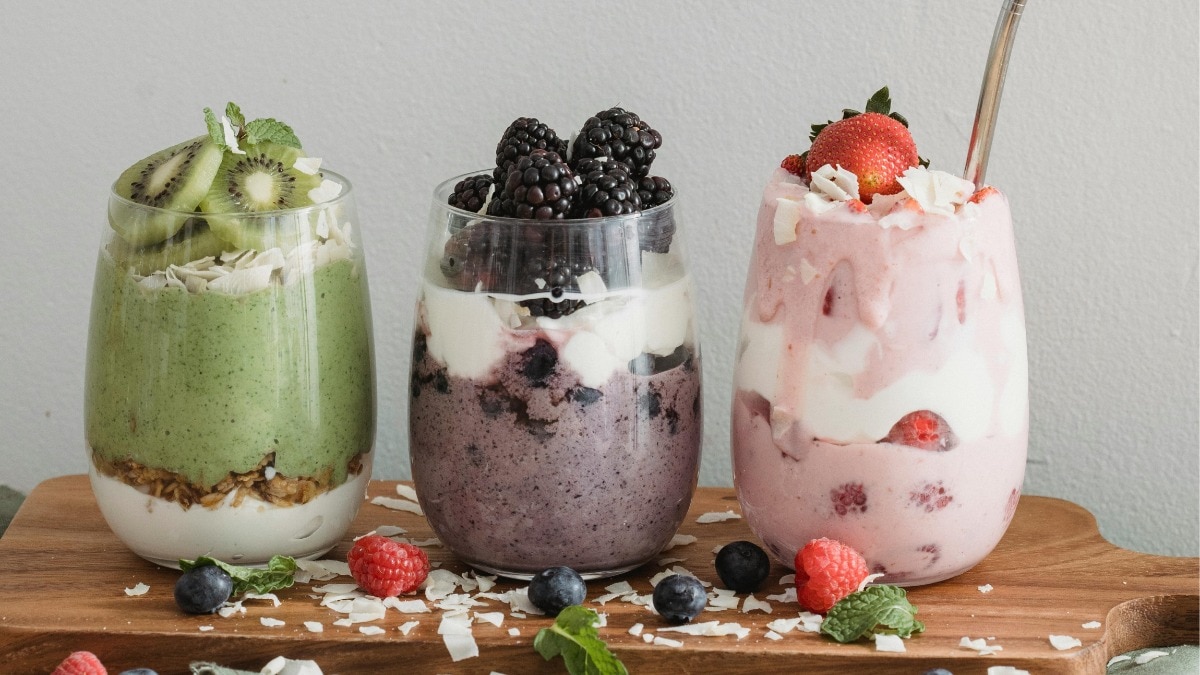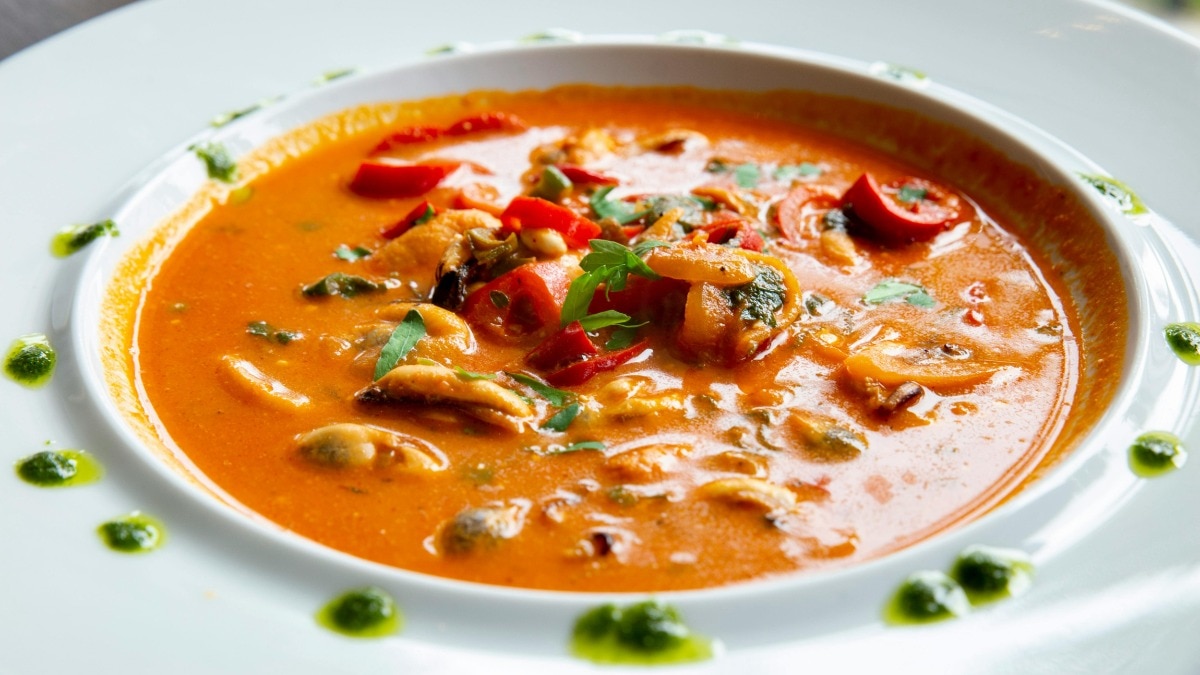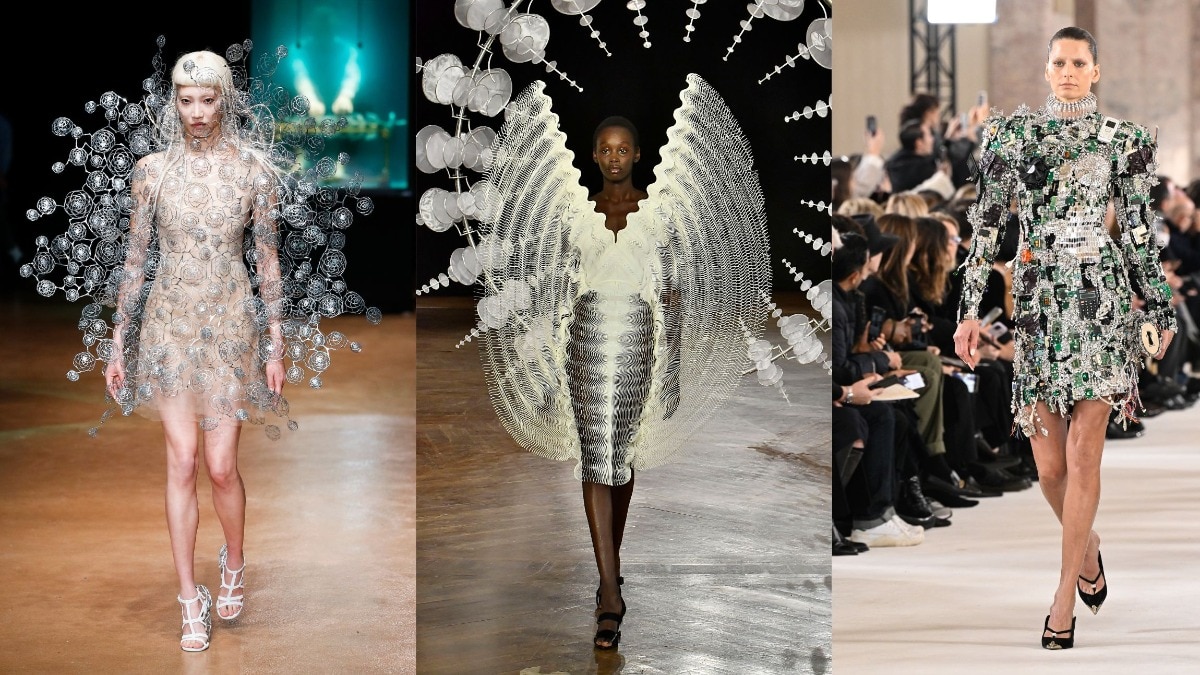
A beginner’s guide to cold therapy, from cold showers to ice baths and cryo
Experts explain the benefits of embracing cold temperatures and what you need to know before trying it.

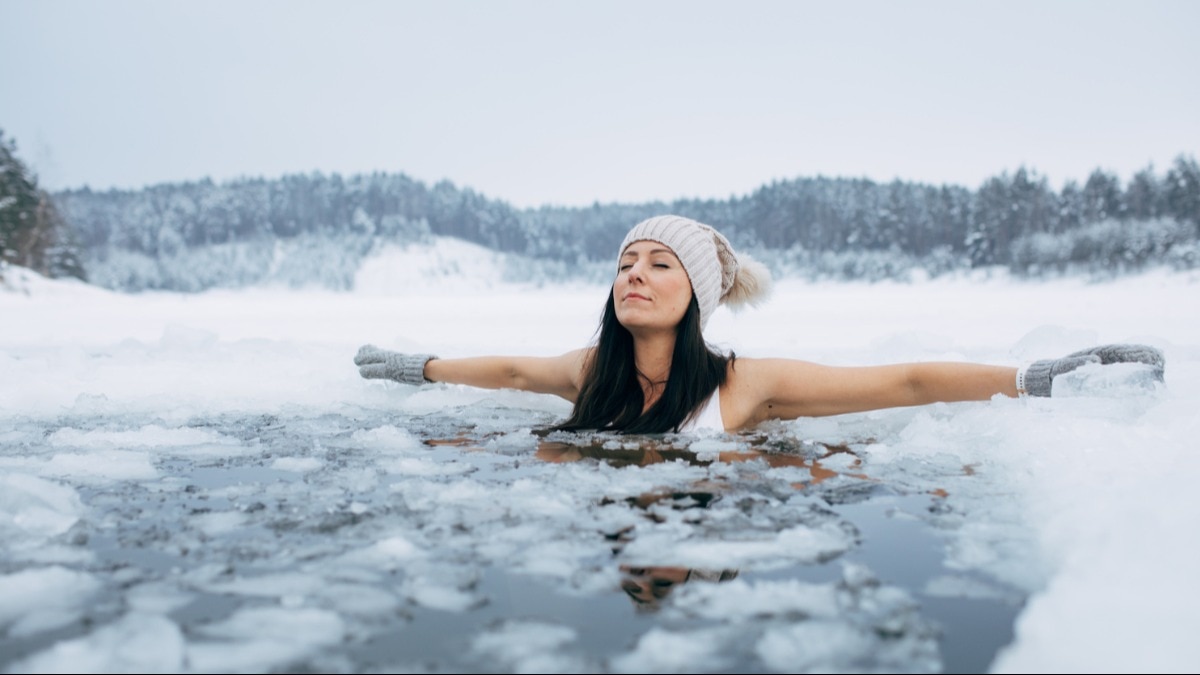
Thanks to the constant commodification of self-care and the romanticising of practices billed as such on social media, the world of wellness can feel overwhelming and unrelatable. But, at their core, many rituals that can help you feel well needn’t be complicated or costly. Cold therapy is one of them, and it can be experienced in myriad ways—whether you have Wim Hof-levels of enthusiasm or simply want to dip your toe (literally and figuratively).
Indeed, at one end of the scale it can comprise a lifestyle protocol, as the award-winning Dr Sophie Shotter tells Bazaar. Take the Wim Hof Method, “a very well-known method of cold-water immersion, which also encompasses breathwork techniques and meditation, and has really brought cold therapy into the mainstream”. While on the other hand, cold therapy can be as simple as how you shower (“even if it's just turning the temperature down at the end of your shower; it really invigorates you,” Miranda Kerr—a picture of well-being—told us recently).
Cold water therapy versus cold therapy

While the likes of athletes and A-listers are keen to extol the virtues of cold-water therapy, know that it needn’t involve water at all, as functional medicine practitioner, Rosemary Ferguson points out to us. “We live in heated houses; everything's comfortable all the time. So, when your body feels a bit chilly, it's good for resilience,” she says. “Just going outside and walking with slightly less clothing on than you would usually or sitting outside having a cup of tea when it's a bit cold—that's a form of cold therapy.”
Incorporating water is the version of it that Ferguson does the most, however. “Anything from cold at the end of a hot shower to swimming in a lake or doing a plunge at the gym.” Even 'grounding'—the therapeutic practice of having skin contact with the earth—by walking barefoot in winter counts, she adds, “because, let me tell you, when that grass is wet, that's also about cold therapy!”.
But why exactly are these influential voices in the wellness world so passionate about embracing cold? And how can one ensure it’s done safely? Here, the experts shed light on the benefits, dos and don’ts of cold therapy.
The health (and beauty) benefits of cold therapy

There are numerous potential benefits to gain from cold therapy, Dr Shotter feels, having investigated them for an episode on bio-hacking for her podcast, 'Age Well with Dr Sophie Shotter'. “Perhaps the most well-known include aiding muscle recovery and joint pain, and to help healing after injuries. It’s a great option for helping speed up recovery after exercise, which is why so many elite athletes are fans of doing ice baths.”
“There is also emerging evidence that cold therapy could help ease symptoms of anxiety and depression and boost immunity,” she continues. Plus, she notes anecdotal evidence that “cold therapy can improve circulation, deepen sleep, reduce inflammation in the body, improve energy levels and boost metabolic rate—and therefore aid weight loss”.
The cold can also have bonuses for skin, she adds. “Improved circulation around the body also benefits skin, through enhanced delivery of oxygen and micronutrients, making the complexion appear more radiant and healthier. Cold also causes contraction of pores, which results in a temporarily smoother look of the skin. It can also help to de-puff the face, and could help reduce inflammation from skin conditions like acne.”
How to practice cold therapy—from cold showers to ice baths and cryotherapy
As already noted, there are various ways to reap rewards from the cold—whether wet or dry. “Ice baths are a simple way to introduce cold therapy into your lifestyle,” says Dr Shotter. “They’re free, and you can measure and control the temperature”. If you create an ice bath experience at home (whether using your bathtub or by investing in a specialist portable ice bath) “add ice to the water until the temperature is between 10 and 15 degrees celsius,” she advises, “and stay submerged for 10-to-15 minutes only as a maximum”.
Cold showers are an even easier way of introducing yourself to cold therapy, “but may not deliver all of the benefits that immersion does,” she feels, though Ferguson says even 10 seconds in a cold shower is better than nothing. “The problem with cold therapy is that people think they've got to do 15 minutes under a cold shower—or two minutes, even! I would just say, do what you can,”—and see what works for you.
Those feeling braver could try outdoor swimming, adds Dr Shotter, “although with this you do not have control of the temperature and must be aware of water conditions and risks,” she cautions. Safety measures must be adhered to, and you should never go cold-water swimming alone.
A controlled alternative is visiting a dry cryotherapy chamber, which can be found in specialist clinics and spas. “An excellent option,” feels Dr Shotter. “These allow for much shorter blasts at cooler temperatures (below -100 degrees Celsius), requiring you to be in there for between two and four minutes” wearing special gloves, slippers, a headband, and a surgical mask.
While with professional treatments such as cryotherapy you’ll undergo a health screening as well as blood pressure, pulse, and temperature checks beforehand, with DIY methods of cold therapy there’s no such safeguarding. Ergo, it pays to practise common sense—and to seek medical advice if you have any existing medical conditions. “Anyone with sensory disorders should avoid cold therapy, as they may not be able to feel any damage being done,” says Dr Shotter. “This includes diabetes, which can cause nerve damage.” Anyone with circulatory issues should steer clear, she adds—as should those with compromised immunity, heart conditions, or who are generally unwell or currently pregnant.
This piece originally appeared in Harper's Bazaar UK.


